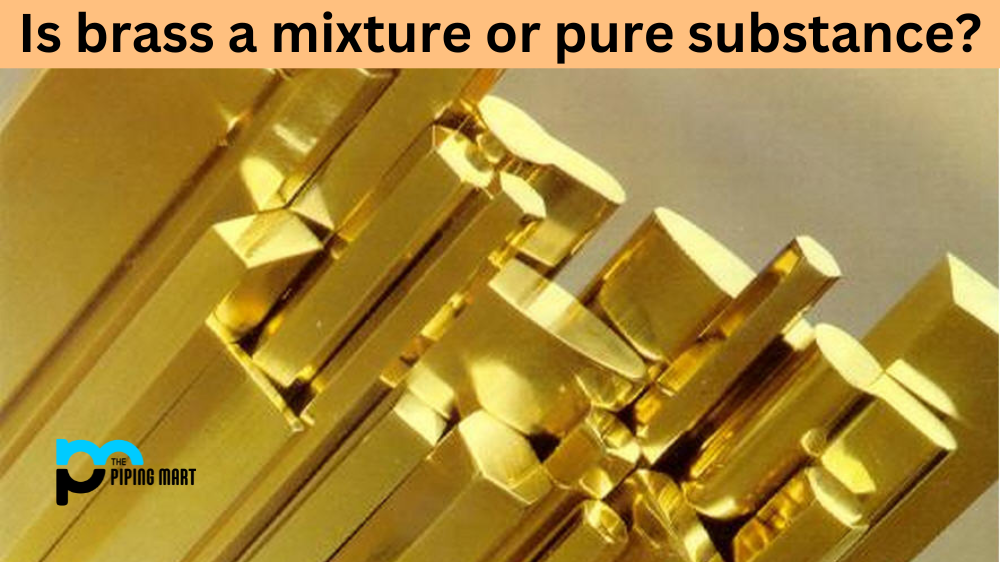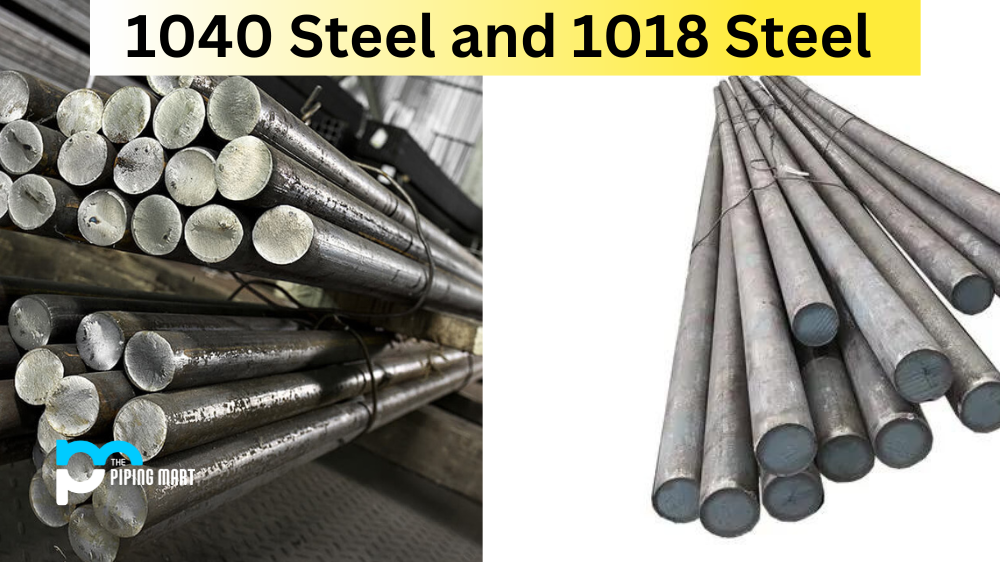Brass has been used for its decorative and functional qualities since ancient times. It is a popular material for jewelry, musical instruments, and home decor items because of its unique yellowish hue and malleability. But what exactly is brass? Is it a pure substance or a mixture? Let’s take a closer look at the properties of brass to find out.
What is Brass?
Brass is an alloy, which means it is a mixture of two or more elements. The main components of brass are copper and zinc in varying proportions depending on the type of brass being used. Other metals, such as aluminium may also be added to create different types of brass with specific characteristics such as colour, strength, or corrosion resistance.
Brass Properties
The properties of any given alloy depend largely on its composition. However, all types of brass generally have good machinability (the ability to be easily cut and shaped), high electrical conductivity, and excellent strength-to-weight ratio. Additionally, brass does not corrode easily and does not rust like iron or steel. This makes it an ideal material for use in outdoor applications where it will be exposed to the elements.
Brass Uses
Because of its unique properties, brass has many uses in both industrial and consumer applications. It can be used to manufacture coins and jewelry due to its attractive appearance and malleability; furniture makers often use it for decorative accents because it does not corrode easily; plumbing fittings are commonly made from brass because it is resistant to corrosion; electricians use it in wiring applications because it is an excellent conductor; musicians prefer it for making horns and other wind instruments because its resonance produces warm tones; finally, some gun manufacturers choose brass casings over other materials because they are less prone to shattering when fired upon impact.
Conclusion:
From coins to furniture to musical instruments, the uses for brass are endless! As we have seen here today, this versatile alloy combines copper with zinc—and sometimes other metals—to create materials that are strong yet malleable with good electrical conductivity, corrosion resistance, and aesthetically pleasing colors. So the next time you admire a piece of jewelry or listen to your favourite album recorded on a horn made from brass, remember that you’re looking at—or listening to—the result of centuries’ worth of experimentation with mixtures!

Abhishek is a seasoned blogger and industry expert, sharing his insights and knowledge on various topics. With his research, Abhishek offers valuable insights and tips for professionals and enthusiasts. Follow him for expert advice on the latest trends and developments in the metal industry.




